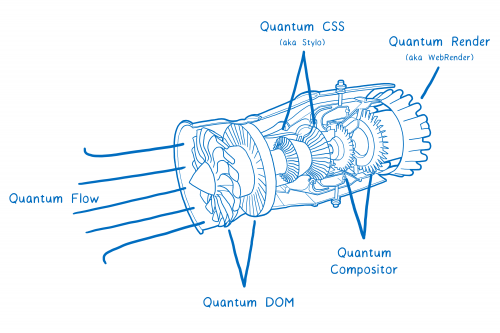Slashdot shares the story:
Linux rules supercomputing. This day has been coming since 1998, when Linux first appeared on the TOP500 Supercomputer list. Today, it finally happened: All 500 of the world’s fastest supercomputers are running Linux. The last two non-Linux systems, a pair of Chinese IBM POWER computers running AIX, dropped off the November 2017 TOP500 Supercomputer list. When the first TOP500 supercomputer list was compiled in June 1993, Linux was barely more than a toy. It hadn’t even adopted Tux as its mascot yet. It didn’t take long for Linux to start its march on supercomputing.
From when it first appeared on the TOP500 in 1998, Linux was on its way to the top. Before Linux took the lead, Unix was supercomputing’s top operating system. Since 2003, the TOP500 was on its way to Linux domination. By 2004, Linux had taken the lead for good. This happened for two reasons: First, since most of the world’s top supercomputers are research machines built for specialized tasks, each machine is a standalone project with unique characteristics and optimization requirements. To save costs, no one wants to develop a custom operating system for each of these systems. With Linux, however, research teams can easily modify and optimize Linux’s open-source code to their one-off designs.

